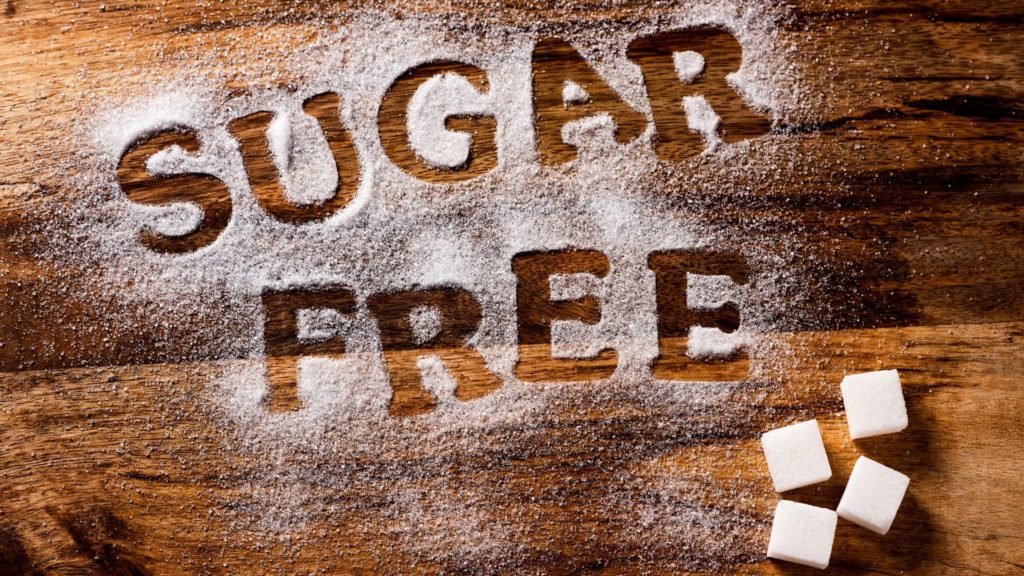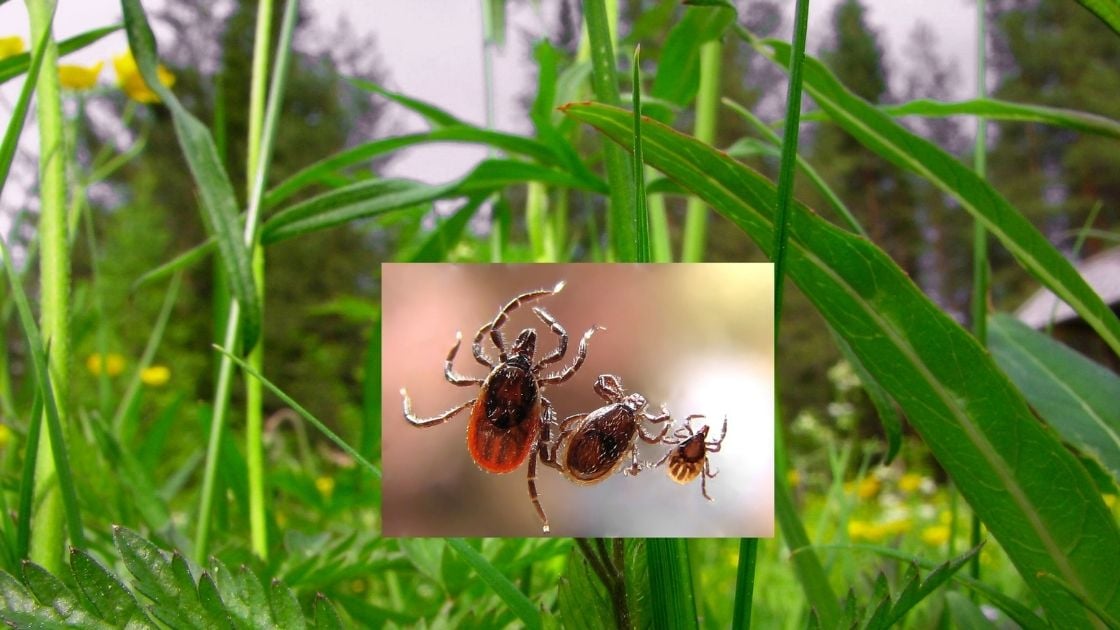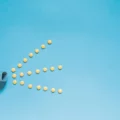Q: Are stevia sweeteners safe for kids?
A: Stevia, also known as stevia leaf extract, is an increasingly popular sweetener in the food and beverage market.
Often billed as an alternative to other sweeteners such as aspartame (Equal) and sucralose (Splenda), stevia is derived from the plant Stevia rebaudiana.
Stevia, is one of several sweeteners that is considered a “high-intensity sweetener” by the FDA because it delivers a taste many times sweeter than table sugar, typically about 200 to 400 times greater in the case of high-purity steviol glycosides. Stevia is sometimes also referred to on ingredient labels as Reb A or Rebaudioside A (the extracted chemical compound used to make stevia).
Stevia is sold under brand names such as Truvia, PureVia and SweetLeaf in various forms, including packets, loose powders and liquid drops.
Though some folks are quick to call stevia “natural,” that term isn’t regulated by the FDA. Many of the components of table sugar and artificial sweeteners are found in nature or derived from plants, but that doesn’t necessarily make them good for kids or adults.
The FDA’s “acceptable daily intake” page for high-intensity sweeteners for a 132-pound adult lists stevia at 9 packets a day, sucralose/Splenda at 23 packets a day and aspartame/Equal at 75 packets a day. (See the full list at the FDA website.)
As with all things, however, I would encourage moderation. Common sense should tell us we don’t need 75 packets of any food additive every day.
Rather, I would encourage you to think more broadly about the sugar intake among our kids as well as their tastes for super-sweet foods.
In addition to avoiding large amounts of artificial sweeteners, I’d recommend avoiding added sugar.
The American Heart Association recommends no more than 3 to 4 teaspoons of added sugar for younger kids and just 5 to 8 teaspoons for preteens and teens.
Read labels with a critical eye: Added sugar can appear under many ingredient names in many prepared foods, such as dextrose, fructose, caramel, sorbitol, treacle and others. There are actually more than 50 names for sugar-based ingredients. (See tinyurl.com/sugar-50.)
So, how do you make sure you aren’t overdoing your little one’s sugar intake? Cut down or eliminate juices or other sugary drinks. (Milk and water are really the best fluids at this age.) And prepare as much food as possible from scratch.
For a kid with a sweet tooth, try switching to healthy sweets, such as fruit.
Another hidden source of added sugars for young kids is flavored yogurt. It might seem healthy because of the calcium and protein, but you’d be surprised how much sugar can be found in a single yogurt cup. Try mixing your kid’s favorite yogurt with plain yogurt and see if your child’s taste buds can grow accustomed to the taste.
Kimara Gustafson is a Minneapolis mother who works as a pediatrician at M Health Fairview Masonic Children’s Hospital and the Adoption Medicine Clinic, both at the at the University of Minnesota.
























